On Thursday, the scout rode to Taunton by way of the centre of Exeter, the pre-bypass route being High Street.
After buying lunch at the little buffet at Sampford Peverell, cleverly he thought that he would follow a green lane from Pugham Crossing but this came to an abrupt end at the M5 fence. So he skirted round to Burlescombe and followed the lane the signalmen would once have taken to rejoin the old A38 near the summit.
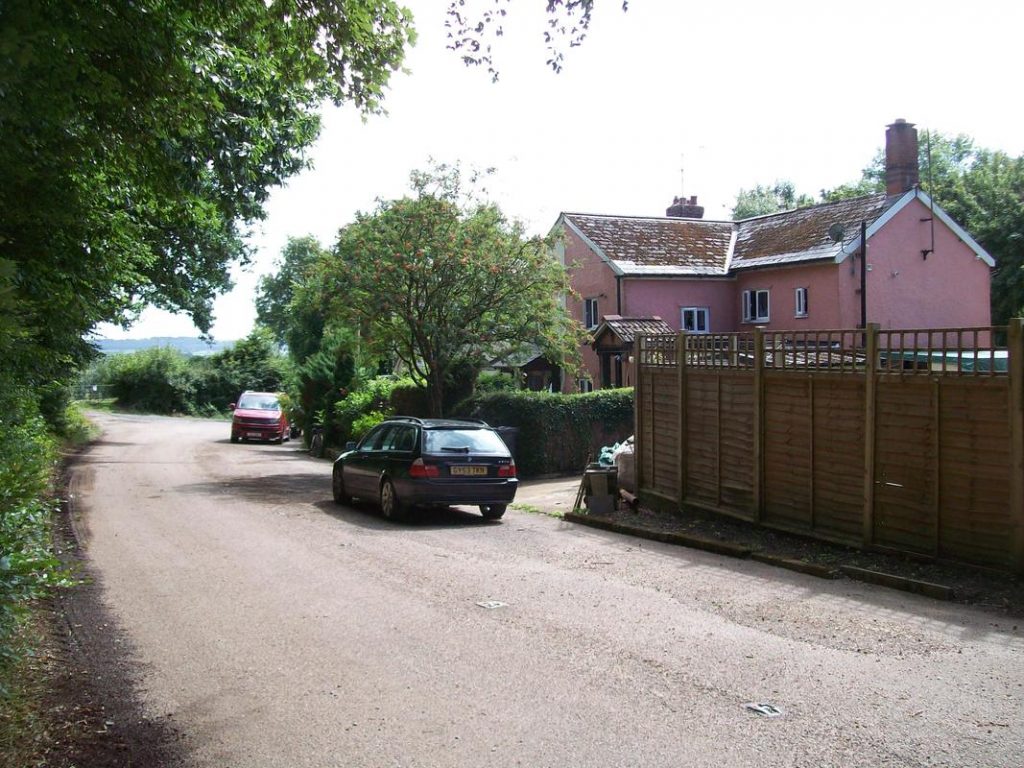
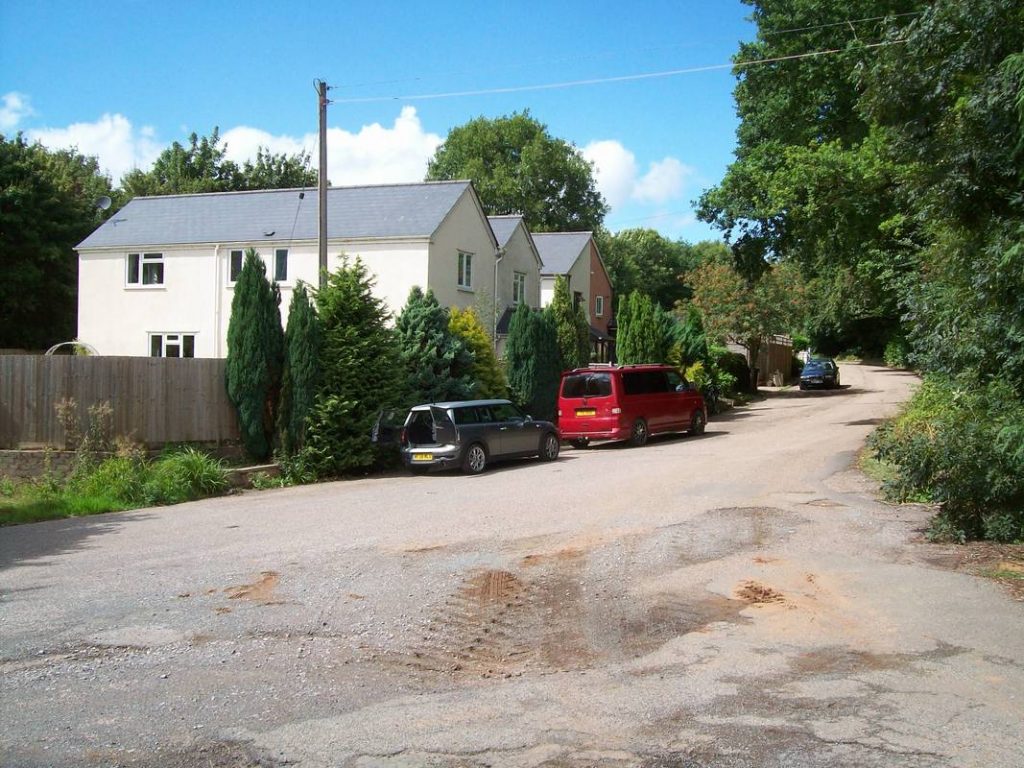
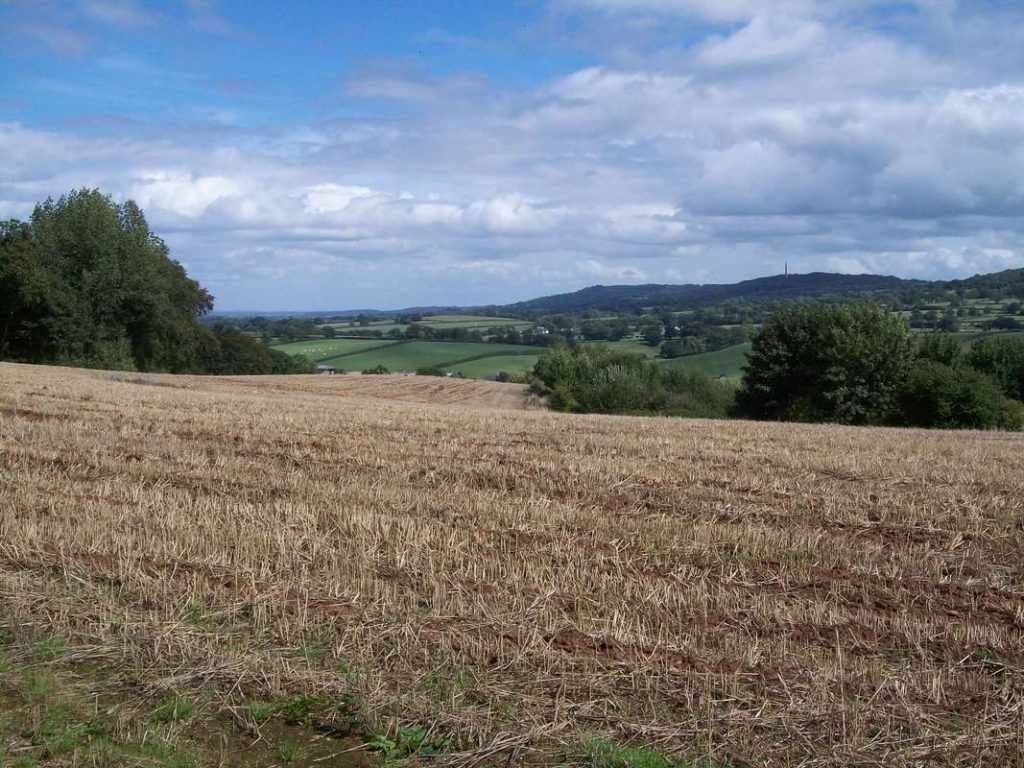
The Wellington Monument can be seen standing guard over the Blackdowns. In the middle distance is the M5 motorway, which took a very different course from the A38. The trees at left stand on the Devon-Somerset border. The tunnel lies beneath the immediate foreground.
It was thoughts of this landscape which sustained the allied agent, Odette Hallowes, when in German captivity; she had moved here at the start of World War II to live with her mother-in-law. +
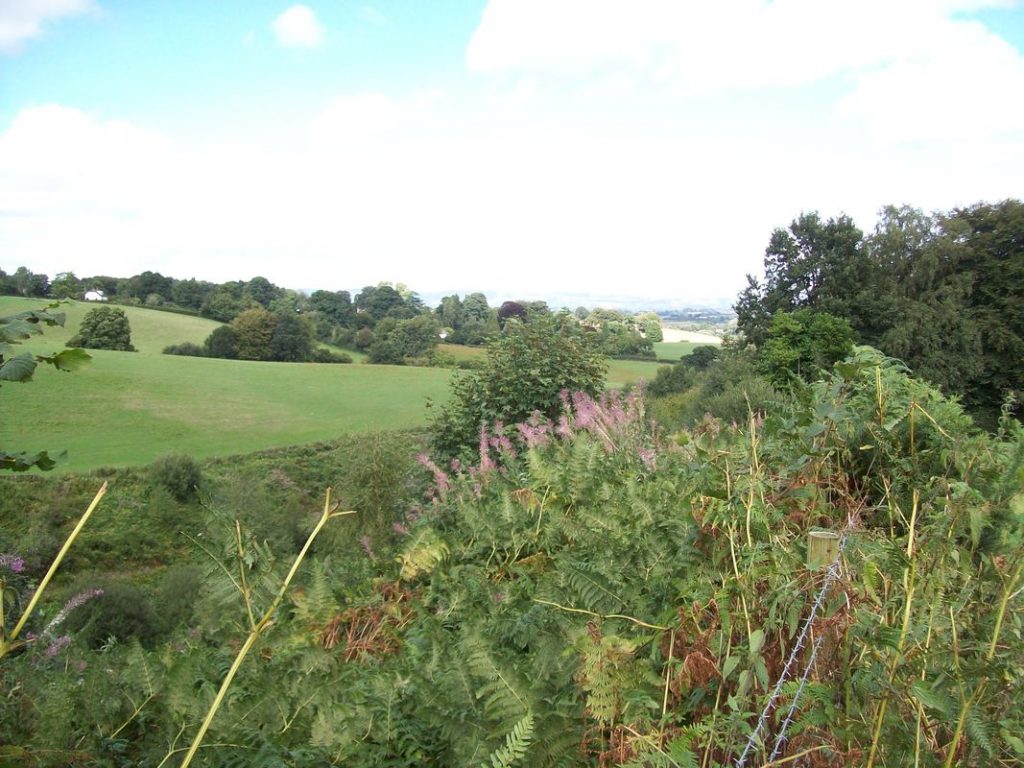
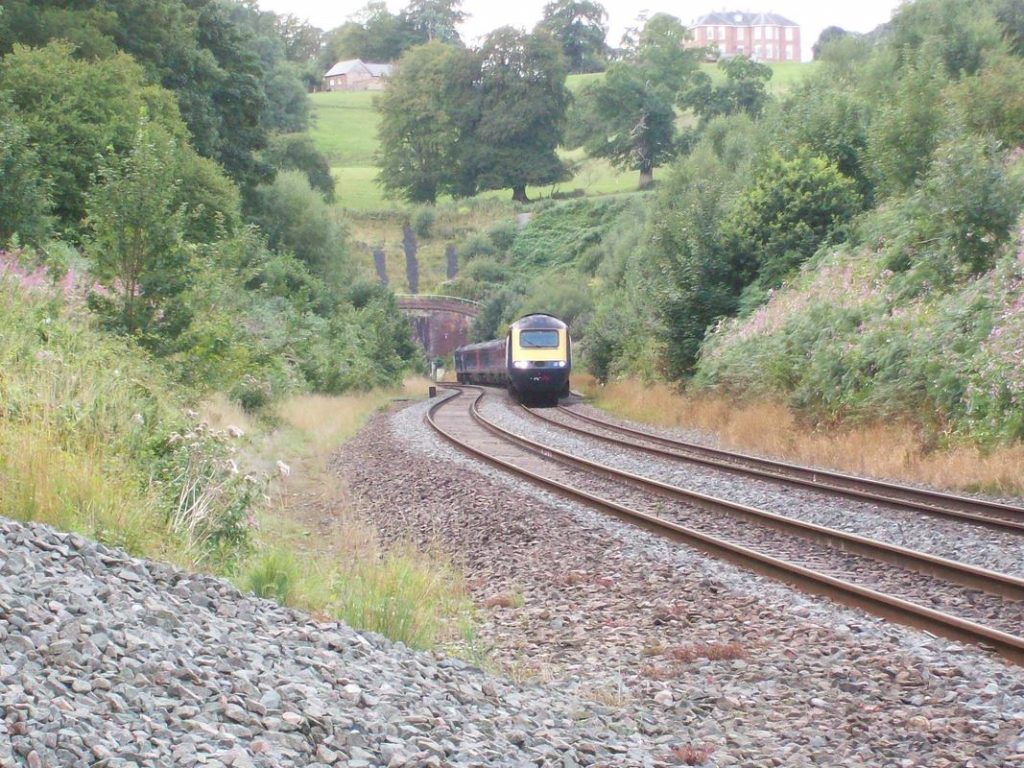
The train had crested the summit of the climb on the other side of the tunnel and was now on the 1:80 falling gradient, the severest part of Wellington Bank. +
An entry in the inspection reports for Perridge Tunnel on the Teign Valley Branch came up in the scout’s mind.
“16.10.1949: As all available masons were engaged on the relining of Whiteball Tunnel it has not been possible to programme the repairs required in this tunnel.”
It is clear that both Whiteball and Perridge were troublesome tunnels.
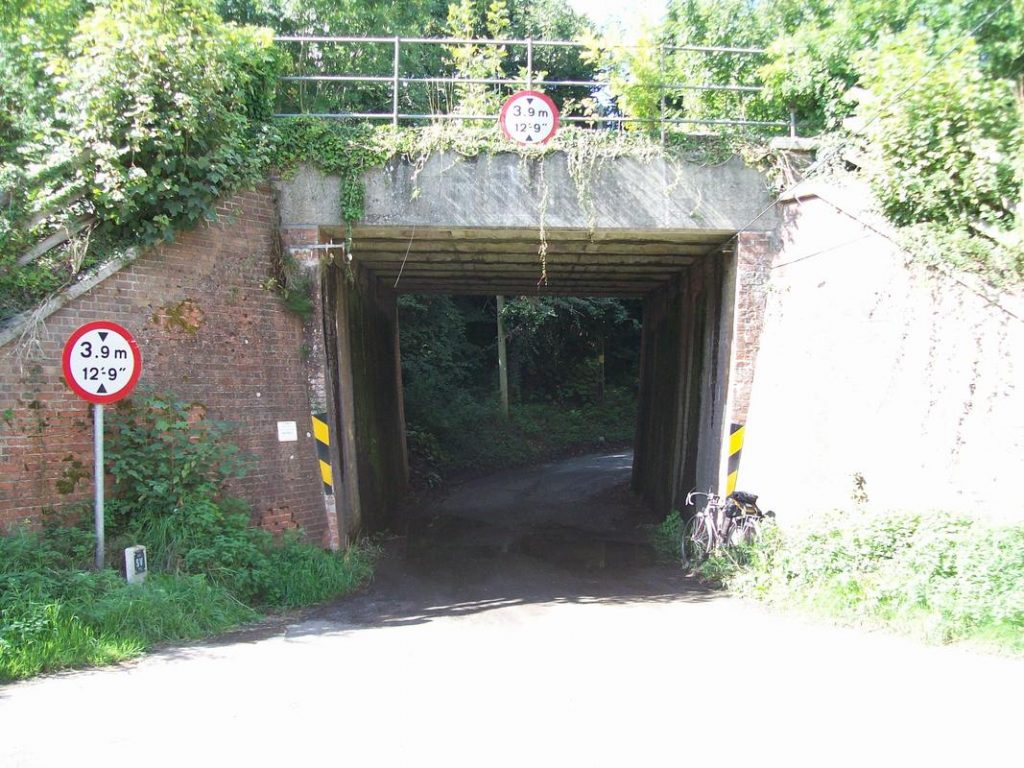
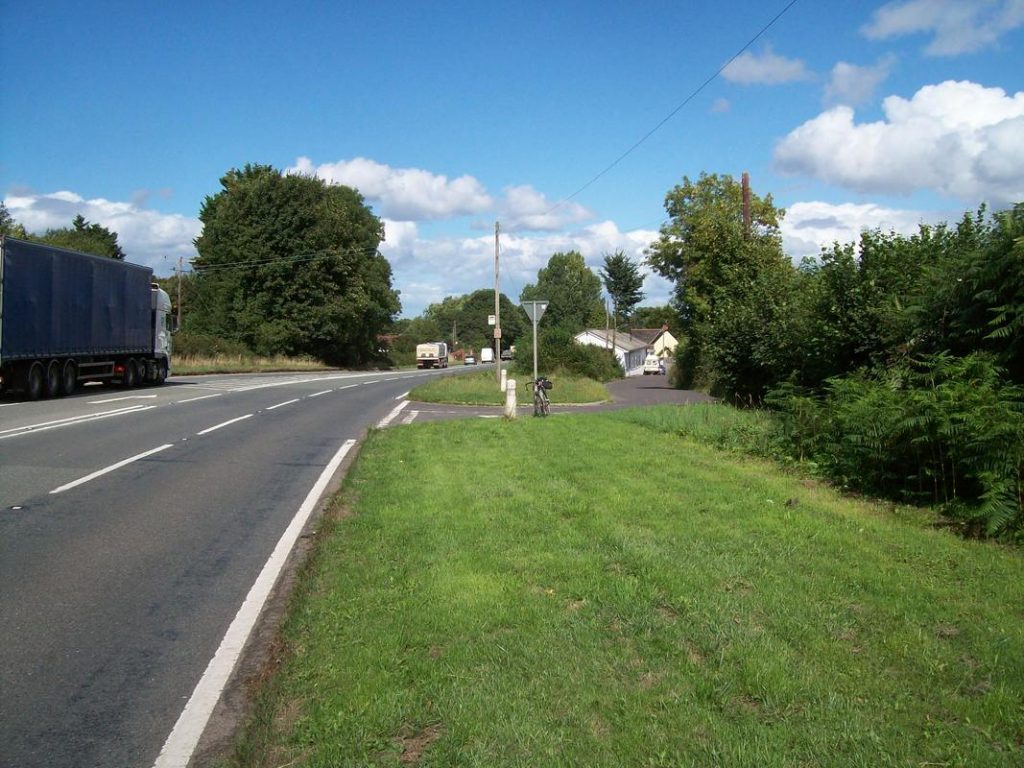
The “White Ball Diversion” was made in the 1920s and much widened in later years. It is still busy and the traffic goes very fast. The tipper racing downhill to Beam Bridge will have come from Westleigh Quarry with stone that might once have gone through the tunnel.
Before the M5 was built, the scout used to cycle this road in the dark for the fun of it.
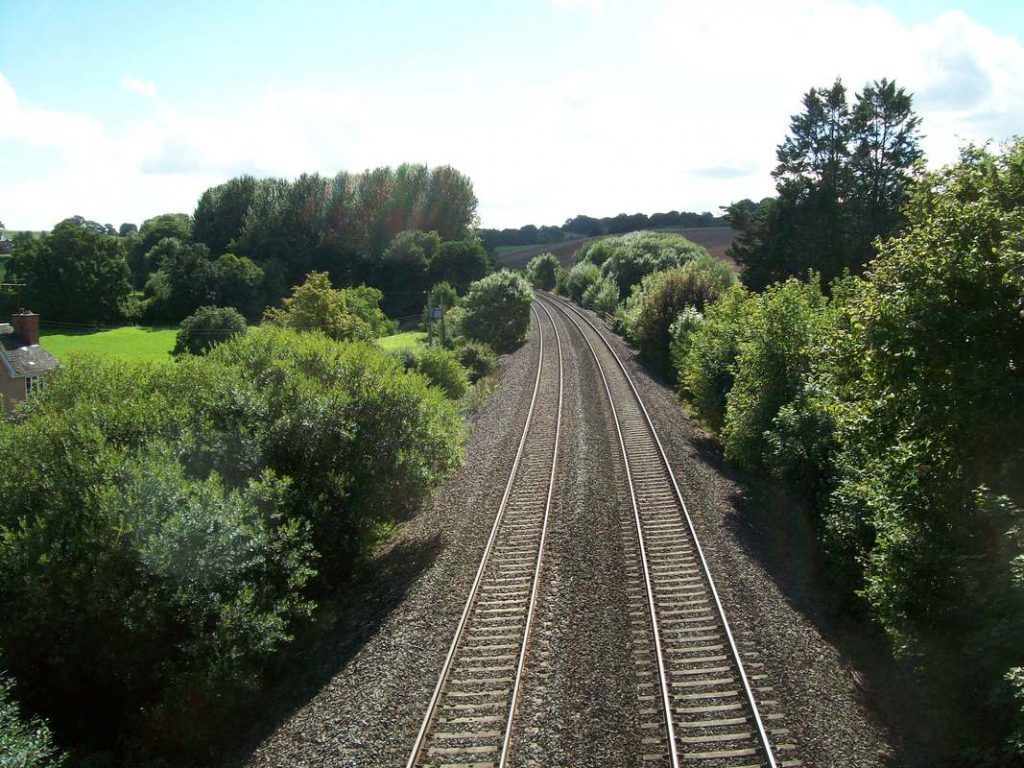
At middle is the old “Beam [under] Bridge” and at right is the Beam Bridge Inn. A little beyond, between the railway and the old turnpike, was once a row of eight cottages. Marked on the O.S. as “Beam Bridge Cottages,” they were also known as “Railway Cottages.” At left lies the truncated old road and beyond the village of Sampford Arundel, the first or last village in Somerset.
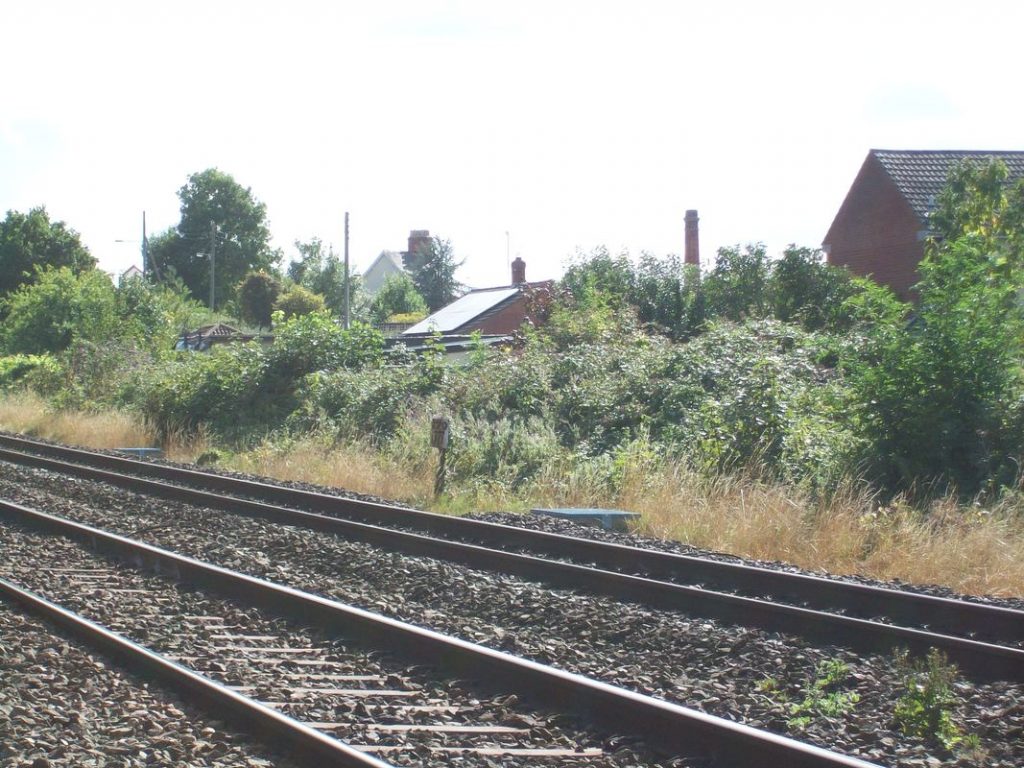
This crossing today has warning lights and a klaxon, there being curves in both directions. The scout thought that the driver of the mail train would have been sounding his whistle profusely. +
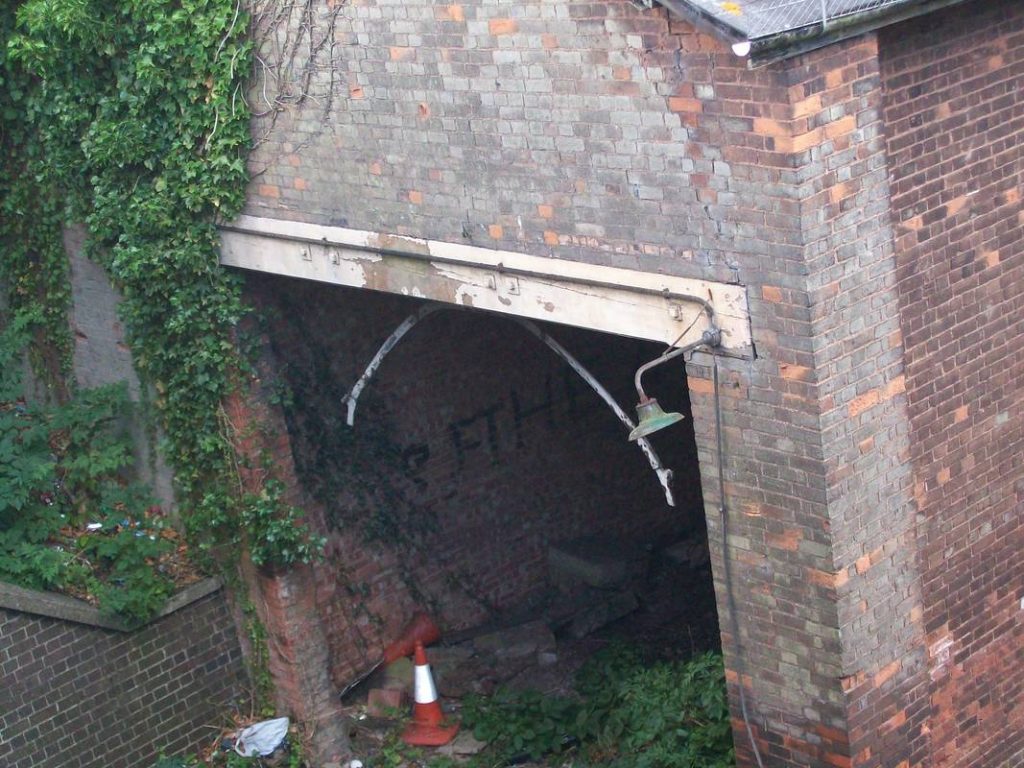
After this the scout rode from the centre of Wellington to the centre of Taunton in 22 minutes. It would have been quicker without the cars and traffic lights.
